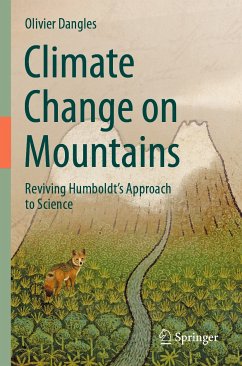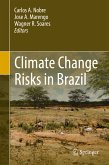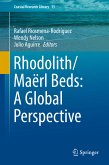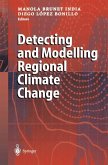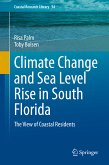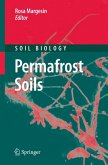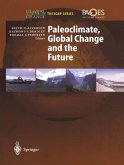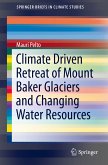There is now a renewed interest, both in academia and beyond, in Humboldt, his writings and his view of nature. But how can we actually make use of his writings? How can we put his philosophy into practice? How can we still learn from past scientific figures and do a better science today? In this book, the author shows how. He presents how it is possible to succeed in modern science by returning to sources, by renewing the tradition of past polymaths such as Humboldt, and by havinga fully humanistic approach in science. He illustrates his point based on his 15-year experience in the study of the ecological effects of climate change in the tropical Andes, showing how he has incorporated approaches from other disciplines, from different branches of science, from history and the arts to achieve a more comprehensive view of his scientific field. Alongside hard data, discoveries by past naturalists build our understanding of the world but appealing to our emotions makes us want to understand it. In the author's view this is a productive and enjoyable way of doing science that speaks to our humanity and also increases our knowledge about nature.
The narrative of the book moves in space and time, from the present to the past, from continent to continent, from laboratory to field, from archives to mathematical models, from behind the camera to in an Indigenous community. This makes it an academic cross-over book appealing to a broad audience of students, scientists or, supported by attractive illustrations, to anyone interested in the adventure or making of science, but not necessarily with a scientific background.
Dieser Download kann aus rechtlichen Gründen nur mit Rechnungsadresse in A, B, BG, CY, CZ, D, DK, EW, E, FIN, F, GR, HR, H, IRL, I, LT, L, LR, M, NL, PL, P, R, S, SLO, SK ausgeliefert werden.

